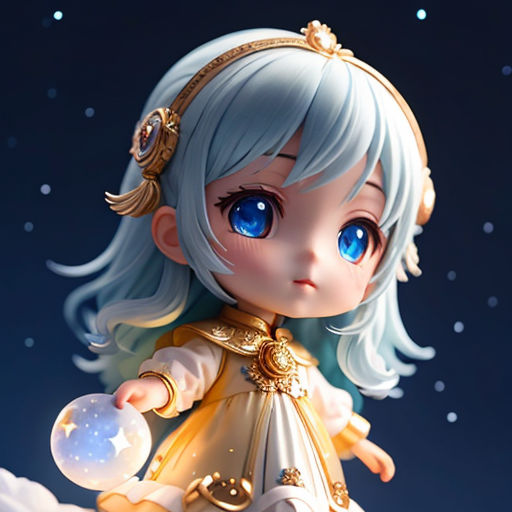
Astrid and the Magical Moonstones
By julie

23 Jun, 2023

Once upon a time, in a galaxy far, far away, there were millions of planets and moons swirling around in space. Each one was unique, with its own special features and inhabitants.
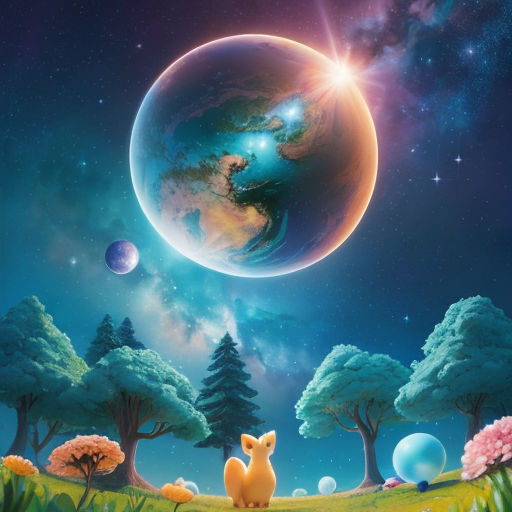
Among these planets, there was one called Earth, which was home to many different kinds of creatures, including humans, animals, and plants. The humans looked up at the sky and wondered if there were other beings out there in the vast universe.
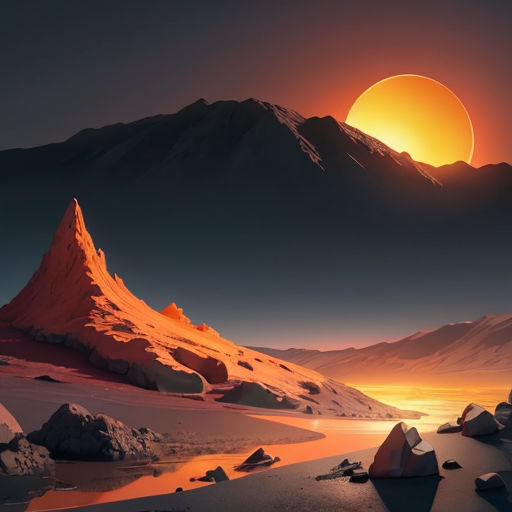
In the same solar system, just a little closer to the sun, was a planet named Venus. Venus was similar to Earth in size but could not support life like Earth because of its extreme temperatures and thick, poisonous atmosphere. The surface of Venus was covered in volcanoes and barren rocky landscapes.
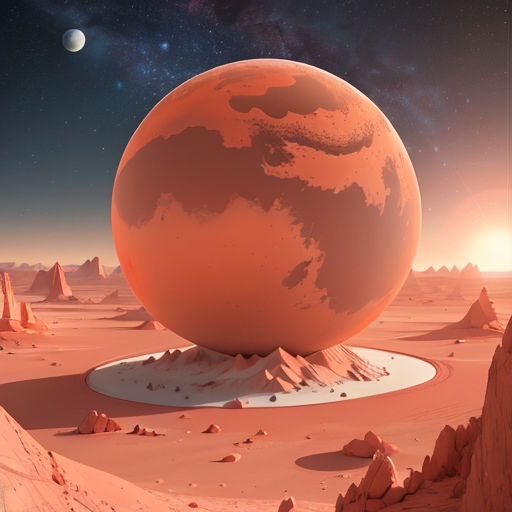
Further away from the sun was a red planet named Mars. Mars was a smaller, colder, and drier planet than Earth. It had a thin atmosphere and vast, rocky deserts. Some people thought that Mars might be home to tiny, hardy organisms that could survive in the harsh conditions.
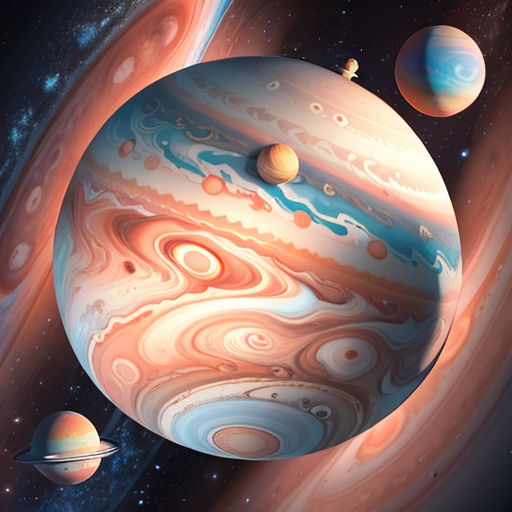
Beyond Mars, there was a planet that was the biggest in the solar system, called Jupiter. Jupiter was a gas giant, which meant it was made mostly of gas and had no solid surface to stand on. It was so massive that it could fit all the other planets in the solar system inside it!
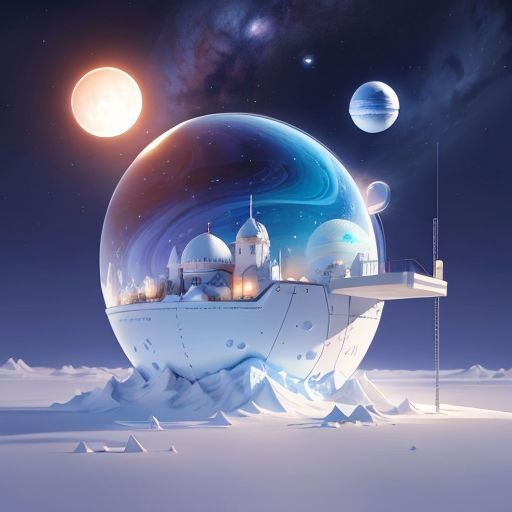
Jupiter had many moons, including one named Europa, which was covered in ice. Scientists believed that beneath Europa's icy surface, there might be a hidden ocean of liquid water. This meant that it was possible for microscopic life to exist on Europa!

Another interesting moon of Jupiter was Io. Io was the most volcanic place in the entire solar system! Its surface was constantly changing as its many volcanoes erupted, creating a colorful and unique landscape.
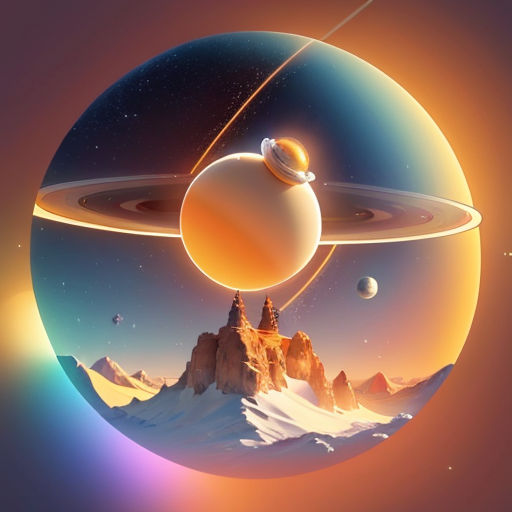
Farther out in the solar system, there was a beautiful ringed planet called Saturn. Saturn's rings were made of countless pieces of ice and rock that circled the planet like a giant hula hoop. People on Earth could see Saturn's rings through telescopes and were amazed at their beauty.
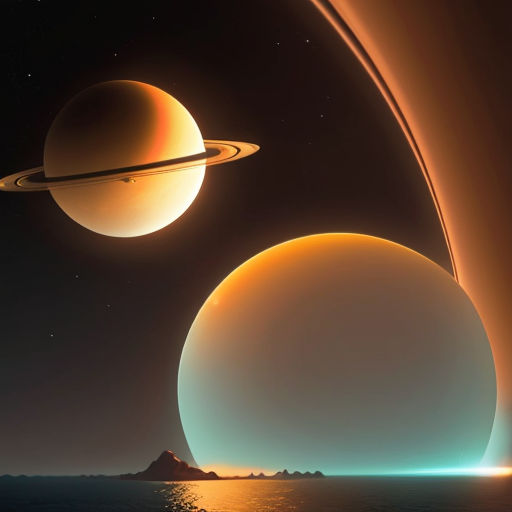
Saturn also had many moons, including one called Titan. Titan was the only known moon with a thick atmosphere and large bodies of liquid on its surface. These liquids were not water like on Earth, but rather, seas and rivers of methane and ethane. Some scientists believed that Titan might host a form of life unlike any we know on Earth.
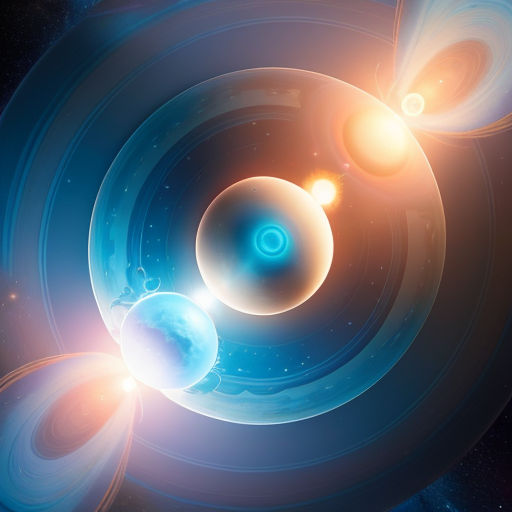
Next in line was the planet Uranus, which was another gas giant. Uranus was unique because it was tilted on its side, making it appear to roll along its orbit around the sun. This odd orientation might have been caused by a massive collision long ago.
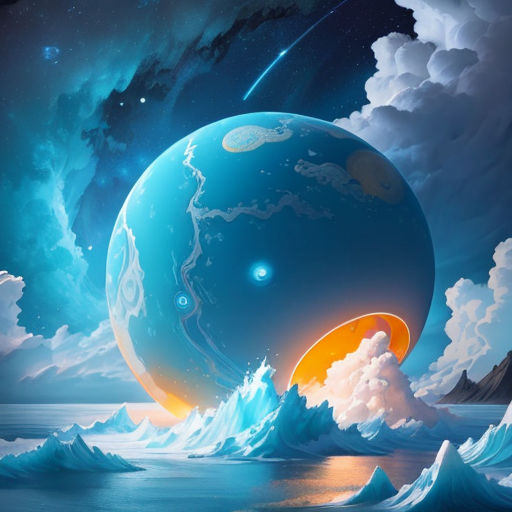
Then came Neptune, the last of the gas giants. Neptune was a beautiful blue planet with raging storms and intense winds. Its largest moon, Triton, had geysers that shot icy particles high up into space because of the extreme temperatures on its surface.
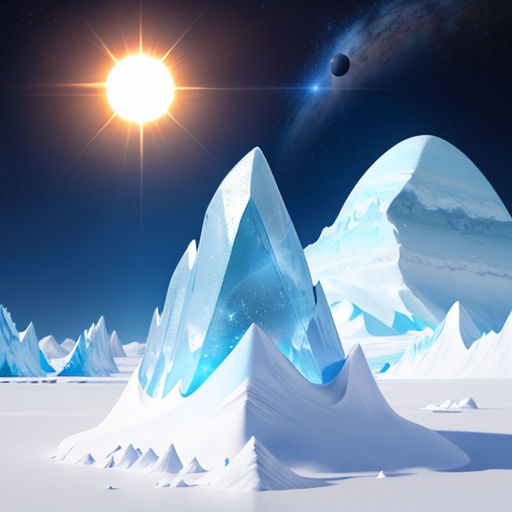
Finally, there was tiny Pluto, a dwarf planet at the edge of the solar system. Pluto was a cold, rocky world with a heart-shaped glacier made of nitrogen and methane ice. Even though it was so far away from the sun, it still held wonders for those who looked closely.

Each of these planets and moons had unique features that were being discovered and explored by people from Earth. Space missions were launched to study these celestial bodies and to learn more about the universe we live in.
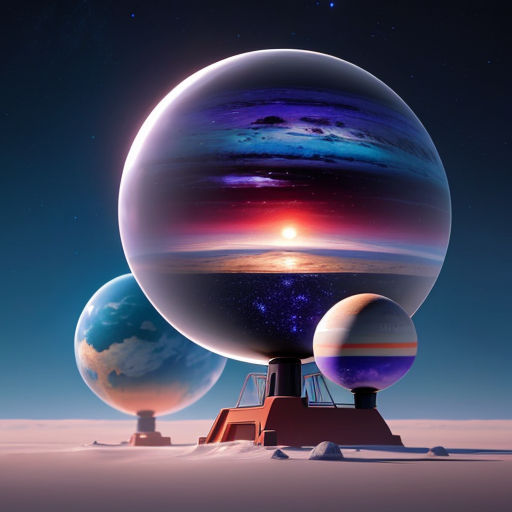
Telescopes on Earth and in space continued to peer deeper into the universe, finding new planets orbiting other stars. These planets, called exoplanets, came in many different shapes and sizes, raising exciting possibilities for life beyond our solar system.
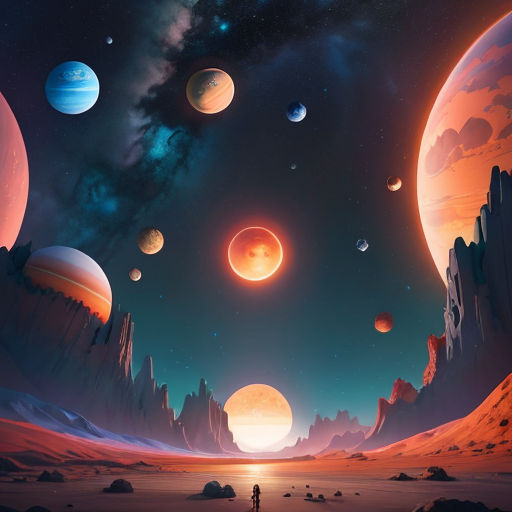
Some exoplanets were rocky worlds like Earth, while others were massive gas giants larger than Jupiter. There were even planets with multiple suns in their sky and planets that orbited so close to their stars that their surfaces were molten lava.
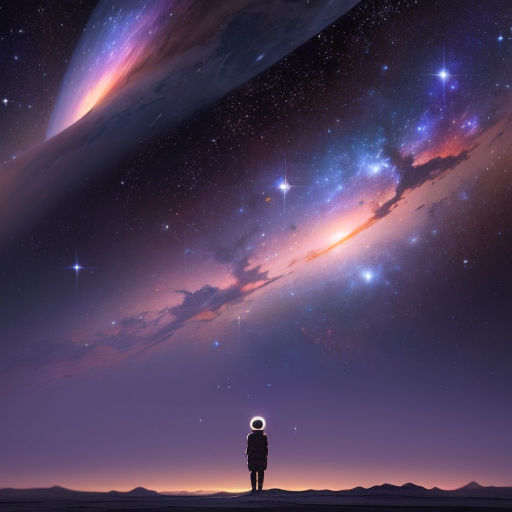
With each new discovery, the people of Earth realized just how diverse and amazing the universe truly was. They continued to search the skies, looking for other planets and moons that might hold the key to understanding the mysteries of existence.
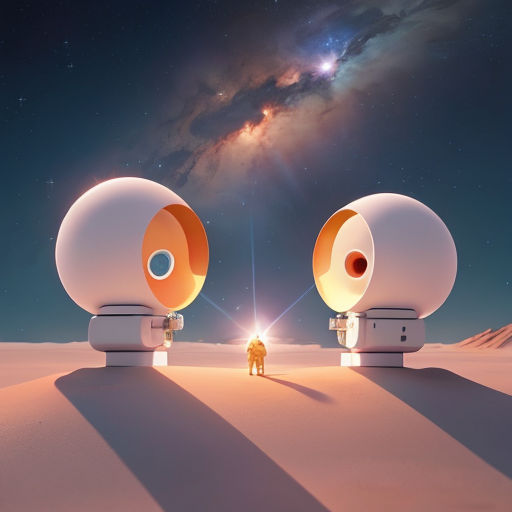
Part of this search involved listening for signals from other civilizations that might be out there among the stars. If there were other beings like us in the universe, perhaps they were also sending messages into space, hoping to make contact with their cosmic neighbors.
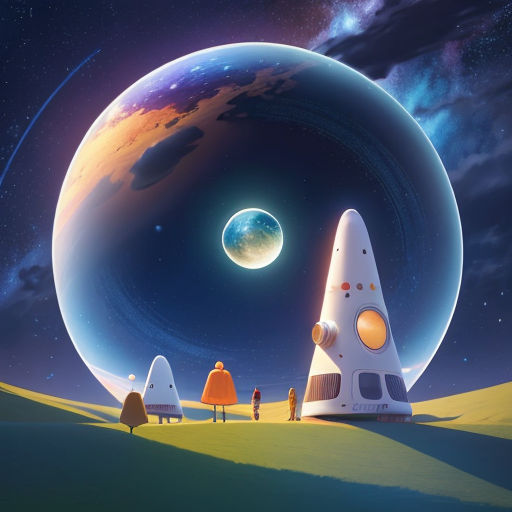
So, the people of Earth built giant radio dishes and pointed them at the stars. They listened carefully, hoping to hear a faint signal or a friendly greeting from an alien civilization. While they hadn't heard anything yet, they never lost hope.
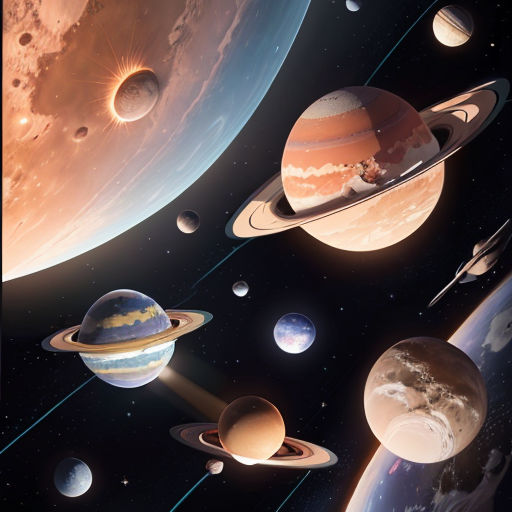
At the same time, the people of Earth continued to explore their own solar system, sending robotic missions to planets, moons, and even asteroids. These missions brought back valuable information and stunning images, inspiring the next generation of explorers.

Young children learned about the planets and moons in their solar system, and many of them dreamed of one day traveling into space themselves. They imagined what it would be like to walk on the surface of Mars, to float through the rings of Saturn, or to dive beneath the icy crust of Europa.
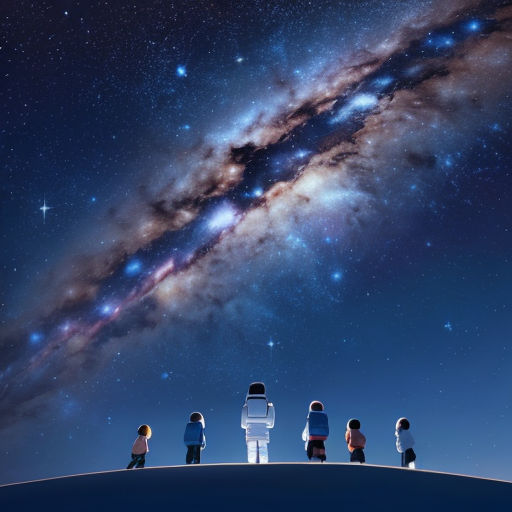
And as the years went by, some of these children grew up to become astronauts, scientists, and engineers, dedicating their lives to unlocking the secrets of the universe. They continued the work of those who came before them, pushing the boundaries of human knowledge and exploration.
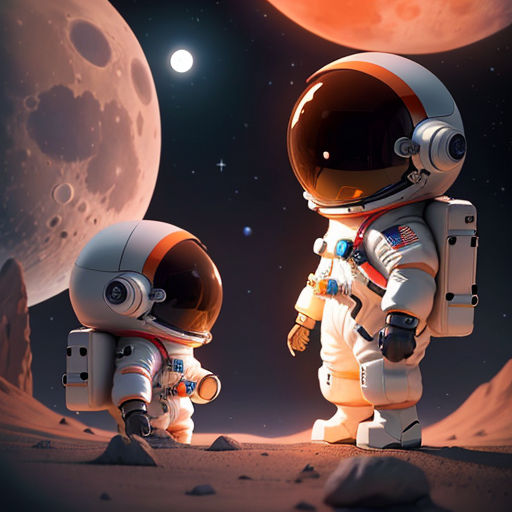
New missions were planned, aiming to send humans to the Moon again and eventually to Mars. Robotic explorers were sent to other planets and moons, digging into their surfaces and sampling their atmospheres to search for signs of life.
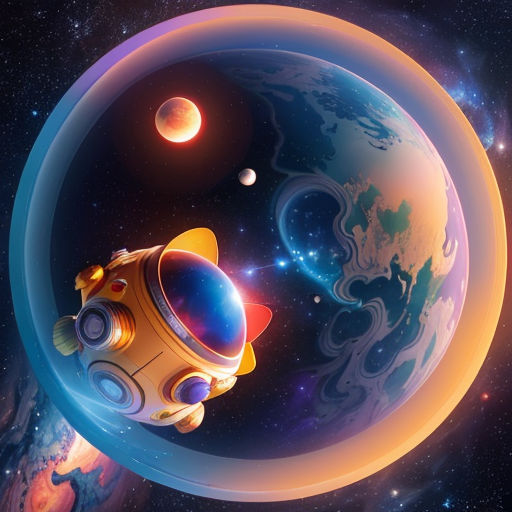
Through these efforts, people of Earth came to understand that they were part of a much larger cosmic community. They realized that the universe was full of amazing worlds, just waiting to be discovered and explored. Everything they learned about the universe reminded them of their own unique place within it.
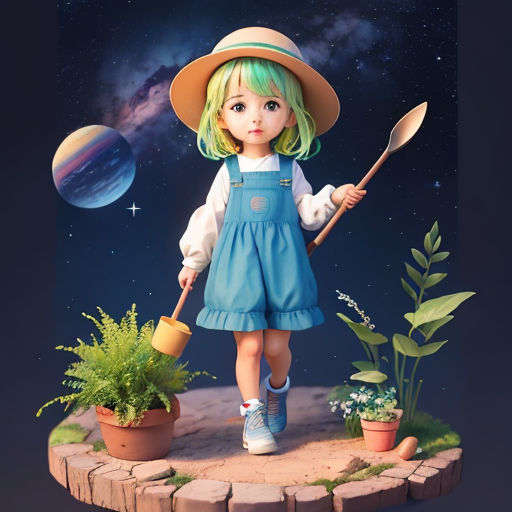
The people of Earth also knew that they needed to protect their home planet, for it was a tiny, fragile oasis in a vast, cold universe. As they looked out at the stars, they understood the importance of preserving Earth's environment and ensuring that its diverse life could thrive for generations to come.
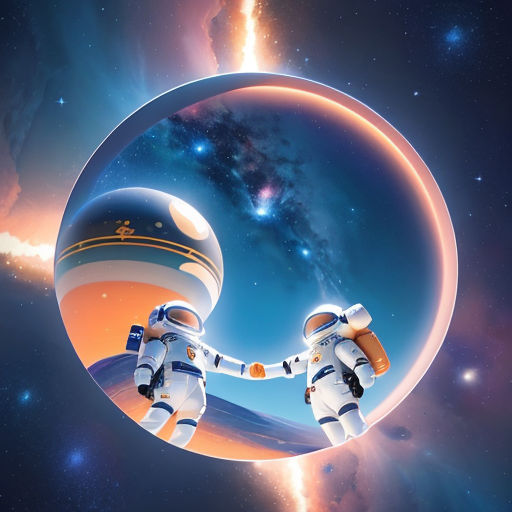
And so, armed with their curiosity and their dreams, the people of Earth continued to explore the universe, seeking out new planets and moons and searching for the answers to life's deepest questions. What new discoveries awaited them among the stars, only time would tell.